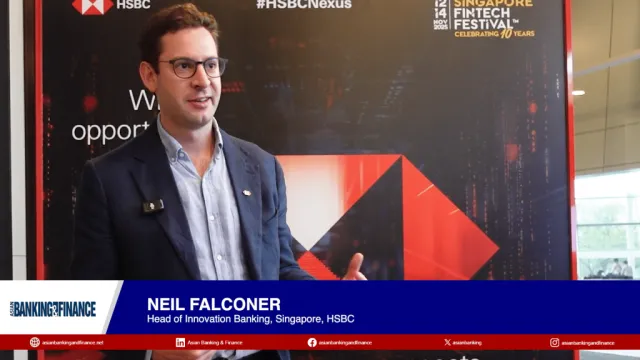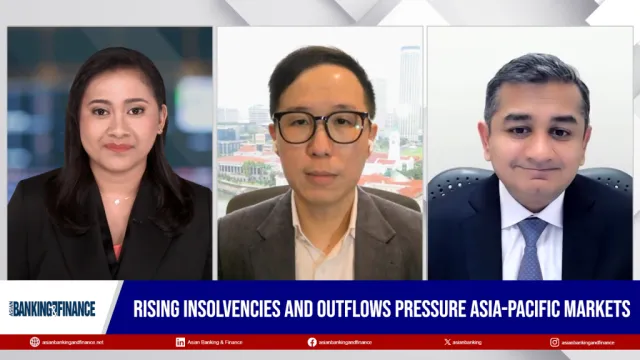
APAC’s affluent move $700b to digital wealth management
These firms are adopting hybrid models that combine digital tools with limited human assistance.
Asia Pacific is witnessing a significant shift in personal financial assets as up to $700b in wealth could flow to digital wealth management platforms, or "Wealthtechs," over the next four years, according to McKinsey & Co.
This transition, driven by customers increasingly favouring digital channels for wealth management, is expected to impact banks, insurers, and asset managers, who may need to strengthen their digital offerings to remain competitive.
A recent survey highlighted changing customer preferences, with 80% of respondents showing a preference for digital solutions due to benefits such as cost-effectiveness, transparency, and personalised strategies.
Younger, affluent, and high-net-worth segments are leading this trend. Whilst WealthTechs are growing rapidly to meet this demand, traditional banks are also adapting their digital wealth services to retain clients.
Challenges remain in this sector, particularly around data security and technology reliability, with 70% of customers voicing privacy concerns.
Despite these risks, digital wealth platforms continue to attract customers who seek low-cost alternatives to traditional wealth management.
Wealthtech companies are focusing on low-cost, automated advisory services but face challenges in providing the personalised human touch that some clients prefer.
Many of these companies, however, are adopting hybrid models that combine digital tools with limited human assistance for complex financial decisions.
Traditional banks recognise the need to offer digital wealth management to retain customers.
Some institutions, like DBS and Bank of Singapore, have integrated more advanced digital capabilities to serve clients better, whilst others, like UBS and Citi, emphasise the importance of digital tools to enhance customer experience.
A collaborative approach between banks and WealthTechs may be mutually beneficial, allowing both to meet rising demand in the mass and affluent segments, McKinsey & Co. said.
















 Advertise
Advertise









